Remodeling historic homes is an interesting and a very sensitive process. These houses are not only architecturally beautiful, well-crafted and charming, but also have structural oddities and legal issues that can make even the most mundane improvements, a nightmare. Restoring a pre-war Victorian or renovating a Colonial Revival, we need to know how to find a balance between history and modern convenience. Planning and skills are needed when it comes to kitchen and bathroom remodeling in historic houses. Properly done, the outcome is an area that honors the past and promotes the way we live now.
Understanding the Balance Between Preservation and Modernization
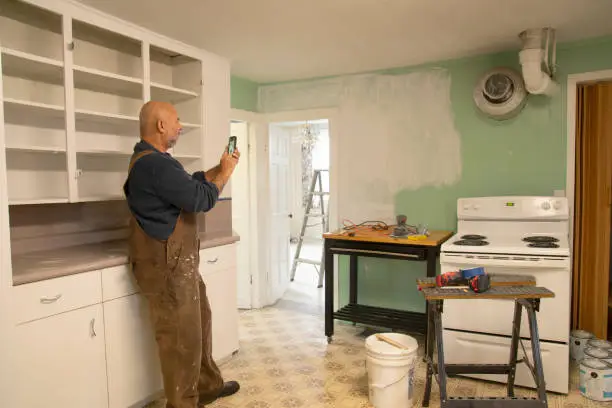
An effective redesign of an old house does not disrespect its history but also makes it inhabitable by modern people. Such projects are unlike most remodeling projects in that they need to be done with care in order to retain craftsmanship and character, such as original windows, trim, hardware and flooring. Adding contemporary amenities, including new lighting, appliances, or smart-house technology, should be accomplished in a way that does not interfere with the appearance or structure of the past. This is particularly relevant in the case of kitchen and bathroom remodeling where remodeling can be more invasive. In numerous situations, even minor improvements may make life much more comfortable and respect the heritage of a house.
What Makes Historic Homes Unique in Remodeling Projects
Historic homes often present surprises. Materials like lath and plaster, brick nogging, or balloon framing are common in older buildings and can affect everything from plumbing to drywall installation. Builders of the past didn’t follow today’s uniform codes, so homeowners may encounter:
-
Uneven floors and walls
-
Irregular framing sizes and spacing
-
Outdated joinery techniques
-
Rare or discontinued materials
These quirks add charm but also demand more time, creativity, and precision during a remodel.
Legal and Design Challenges in Protected Properties
Other historic houses lie in specially designated preservation areas or are designated locally or nationally as a landmark. This implies that any remodeling exercise should be guided by the historic review boards or the preservation commissions. Homeowners can be prohibited to change some of the exterior features or apply some modern materials which do not match the era of the home. It is usually accompanied by design approval, extra records and permit delays. Though these rules may seem restrictive, they will ultimately safeguard the architectural heritage of the home and professional remodelers will be able to guide you through them.
Kitchen and Bathroom Remodeling in Historic Homes
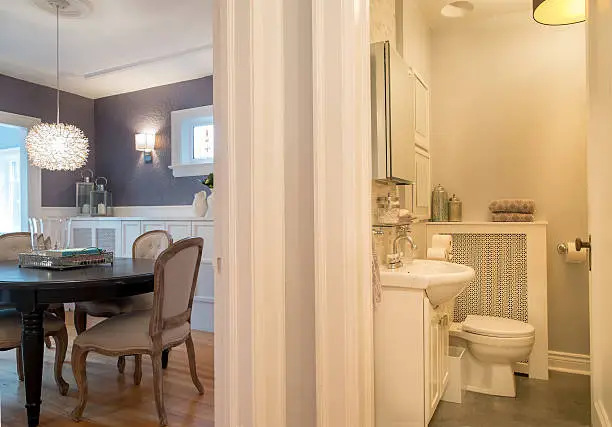
The two most widespread changes that are worked on in historic homes include kitchens and bathrooms, and these are the two most needed updates. It is here that comfort, hygiene and energy efficiency collide with obsolete infrastructure. Effective kitchen and bathroom remodeling does not only involve efficient layout but also materials and finishes that would resonate with the original design of the home. It is all about having a combination of performance and charm.
Upgrading Outdated Plumbing and Electrical Systems
In many historic homes, plumbing and electrical systems are original—or have been haphazardly updated over decades. These pose safety risks and may not support modern appliances. Homeowners undertaking kitchen and bathroom remodeling often need to:
-
Replace galvanized pipes with copper or PEX
-
Remove knob-and-tube or cloth-insulated wiring
-
Install modern GFCI outlets and new panels
-
Ensure code-compliant venting and grounding systems
Upgrading these systems protects your investment while improving efficiency and safety.
Blending Modern Appliances With Period-Accurate Finishes
One can have the kitchens and bathrooms modernized without them appearing out of order. Manufacturers of appliances have gone into retro inspired models that can offer modern performance. Matching them with period-appropriate finish, such as subway tiles, butcher blocks, and old-fashioned hardware will allow to keep the sense of the home. This is what a table of pairing modern elements with historical context is like:
| Modern Feature | Historic-Compatible Design Solution |
|---|---|
| Induction cooktop | Concealed under a custom panel surface |
| Touchless kitchen faucet | Finished in antique bronze or unlacquered brass |
| Energy-efficient lighting | Encased in traditional-style sconces or pendants |
| Quartz countertop | Combined with apron-front or farmhouse sink |
Using these combinations allows your space to stay cohesive and timeless.
Common Structural Issues Found During Remodels
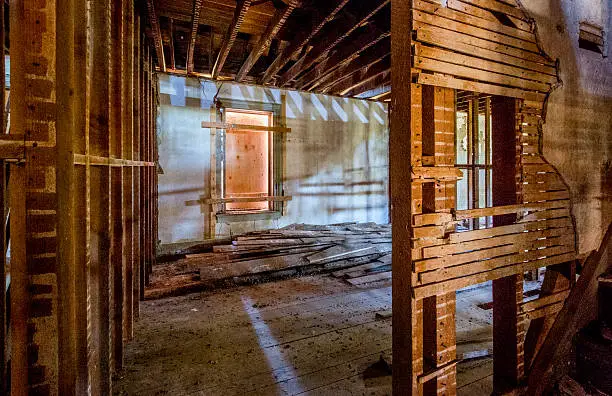
In the remodeling of historic homes, structural integrity is always of great concern. The seemingly adorable old wall or floor could conceal decades of destruction or decay or incorrect ways of building a wall or a floor. Your decision to remodel should be followed by thorough home inspection where water is a major player, mainly in kitchens and bathrooms.
Foundation Shifts, Mold, and Outdated Insulation
Historic homes often sit on aging foundations that have shifted over time. In many cases, settling has caused cracks, moisture intrusion, or sagging joists. During remodeling, contractors frequently uncover:
-
Mold from decades of poor ventilation
-
Outdated insulation like newspaper or sawdust
-
Insect or rodent nests behind walls
-
Rotted subflooring from past leaks
Identifying and addressing these issues early will prevent larger costs later in the project.
When to Repair vs. When to Replace Key Elements
A core principle of remodeling historic homes is to “repair rather than replace” whenever possible. Original woodwork, crown molding, or tilework adds value and uniqueness to the home. But safety and longevity must be considered too. For instance:
-
Refinish original hardwood, but replace damaged subfloor
-
Restore old windows with storm panels rather than replacing them
-
Retain plaster where intact; patch or skim coat damaged sections
A skilled contractor will help make these calls while maintaining historical character.
Working With Remodeling Companies That Specialize in Historic Properties
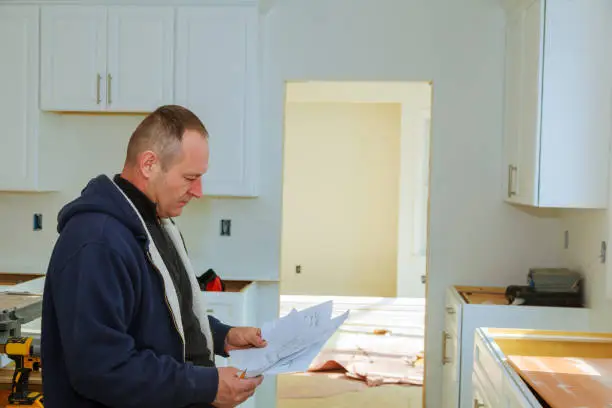
Every remodeling contractor does not have the capability of dealing with the complexities of historic homes. It is important to locate a company that is familiar with architectural conservation, can get the right materials, and can operate within the confines of the local regulation. It is a matter of experience to find a balance between aesthetics and functionality in kitchen and bathroom remodeling.
Questions to Ask Before Hiring a Contractor
When interviewing remodeling companies, consider these key questions:
-
Have you remodeled homes built before 1940 or earlier?
-
Do you have experience with preservation board requirements?
-
Can you source or replicate period-appropriate materials?
-
Do you work with artisans for specialty restoration tasks?
A contractor with positive answers to these can guide your remodel efficiently and respectfully.
Navigating Local Preservation Codes and Permits
Permit processes for remodeling historic homes can be rigorous. Local codes might dictate everything from siding materials to window shape and door hardware. A remodeling contractor familiar with these codes can:
-
Help draft and submit plans for approval
-
Coordinate with inspectors and board members
-
Avoid code violations and costly fines
-
Ensure legal compliance for all kitchen and bathroom upgrades
Having a knowledgeable team can save weeks—if not months—of potential delays.
Budgeting and Timeline Tips for Historic Renovations
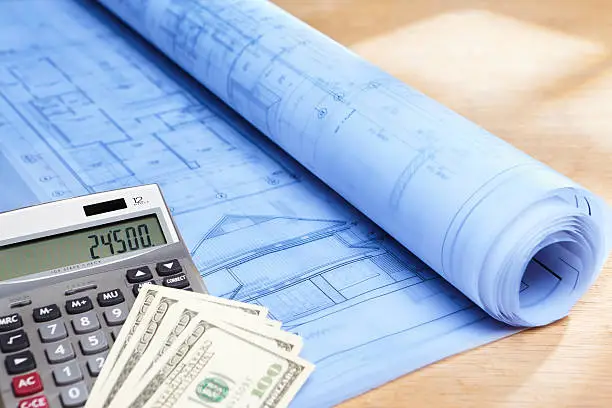
Historic remodels have an element of surprise, and the kitchen and bathroom are the most likely areas to uncover worn out infrastructure and unknown damage in the walls. That is why schedule and budget flexibility are important.
Why Older Homes Often Require a Flexible Budget
Unlike newer builds, historic homes haven’t followed a standardized construction approach. That means every remodel is unique, and surprises are inevitable. Budget accordingly:
-
Allocate 15–25% contingency for unknown issues
-
Expect higher labor costs due to specialty work
-
Be prepared for possible custom fabrication or material sourcing
-
Understand that some features may need to be custom-built
Factoring in these extras will prevent frustration and ensure better results.
Managing Delays and Unforeseen Repairs
Delays are common when remodeling historic homes, especially due to:
-
Lead time for hard-to-find materials
-
Required preservation board approvals
-
Seasonal limitations for exterior work
-
Discovery of mold, rot, or structural flaws mid-project
Keep lines of communication open with your remodeling contractor and build buffer time into your calendar.
Frequently Asked Questions (FAQs)
1. Do I need special permits to remodel a historic home?
Yes. When your house is in a declared historic district, or is a landmark, structural alterations may require permits, as well as exterior work or replacement of materials. Such permits usually require local preservation boards approval. This may lead to imposition of fines or restoration which becomes compulsory in case of lack of relevant permits. One should hire the contractor who is knowledgeable in historic remodeling regulations.
2. How can I modernize a historic kitchen without losing character?
Choose the design features that resemble or save the architectural identity of the home. Check out concealed appliances, cabinet doors that are conventional, and fixtures that are time-period appropriate. The old and the new can be bridged by open shelving, butcher block, and subway tile. The point is to make the contemporary lifestyle appear smooth in a retro shell. This can be done working with designers that are specialized in kitchen and bathroom remodeling historic homes.
3. Is remodeling a historic home more expensive?
Generally, yes. The restoration of old houses implies special work, painstaking destruction, and special materials. The cost and time may be increased by permits and inspections. With that said, well considered improvements are capable of bumping up the value of the property. Very often purchasers are ready to pay extra money to buy a historically preserved, modernized house.
4. Will renovations reduce or enhance the home’s historical value?
Well-planned renovations almost always enhance a home’s historic value—especially if they respect original features while adding modern functionality. Avoid removing unique architectural details or using modern materials that clash with the design era. Enhancements should complement, not compete with, existing elements. Buyers appreciate homes that reflect their roots while supporting modern living.
5. Can I do kitchen and bathroom remodeling in a historic home without changing its character?
Absolutely. In fact, these rooms offer the perfect opportunity to update functionality while using era-appropriate finishes and materials. Vintage lighting, clawfoot tubs, shaker cabinets, or historically inspired tile patterns can help retain authenticity. A great contractor will know how to conceal modern infrastructure (like HVAC or wiring) so that it doesn’t detract from the overall aesthetic.
Ready to Respect History and Embrace Modern Comfort? At KBR Kitchen and Bath, we specialize in kitchen and bathroom remodeling for historic homes. Our experienced team understands how to navigate regulations, source era-appropriate materials, and deliver modern functionality—all while honoring the past. Whether you’re restoring a historic kitchen or revamping a period bathroom, we’ll help you get it right. Visit one of our showrooms in Bethesda (Kitchen), Bethesda (Bathroom), Fairfax, or Manassas or contact us today for a personalized consultation.

